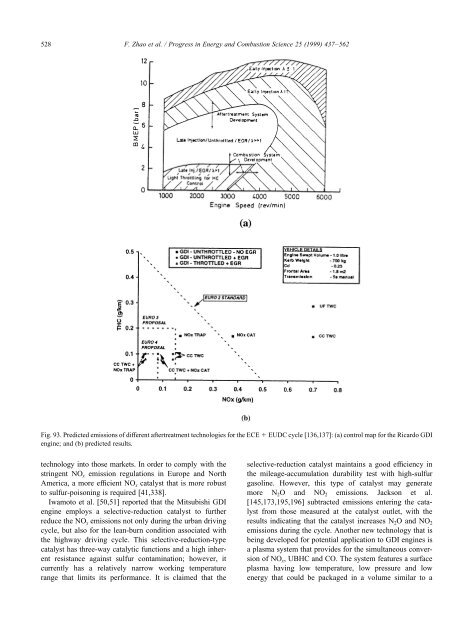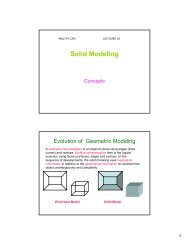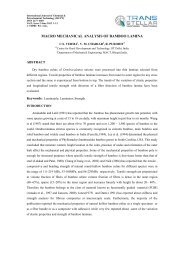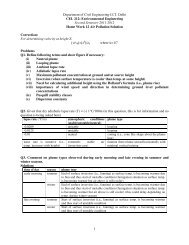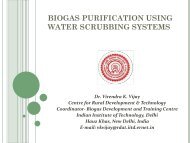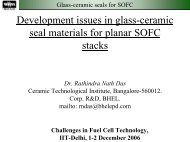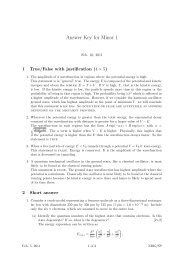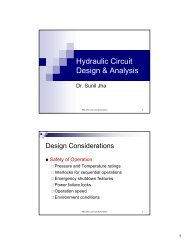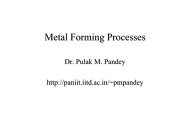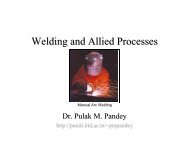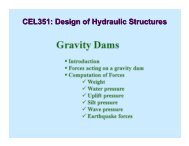Automotive spark-ignited direct-injection gasoline engines
Automotive spark-ignited direct-injection gasoline engines
Automotive spark-ignited direct-injection gasoline engines
You also want an ePaper? Increase the reach of your titles
YUMPU automatically turns print PDFs into web optimized ePapers that Google loves.
528<br />
F. Zhao et al. / Progress in Energy and Combustion Science 25 (1999) 437–562<br />
Fig. 93. Predicted emissions of different aftertreatment technologies for the ECE EUDC cycle [136,137]: (a) control map for the Ricardo GDI<br />
engine; and (b) predicted results.<br />
technology into those markets. In order to comply with the<br />
stringent NO x emission regulations in Europe and North<br />
America, a more efficient NO x catalyst that is more robust<br />
to sulfur-poisoning is required [41,338].<br />
Iwamoto et al. [50,51] reported that the Mitsubishi GDI<br />
engine employs a selective-reduction catalyst to further<br />
reduce the NOx emissions not only during the urban driving<br />
cycle, but also for the lean-burn condition associated with<br />
the highway driving cycle. This selective-reduction-type<br />
catalyst has three-way catalytic functions and a high inherent<br />
resistance against sulfur contamination; however, it<br />
currently has a relatively narrow working temperature<br />
range that limits its performance. It is claimed that the<br />
selective-reduction catalyst maintains a good efficiency in<br />
the mileage-accumulation durability test with high-sulfur<br />
<strong>gasoline</strong>. However, this type of catalyst may generate<br />
more N2O and NO2 emissions. Jackson et al.<br />
[145,173,195,196] subtracted emissions entering the catalyst<br />
from those measured at the catalyst outlet, with the<br />
results indicating that the catalyst increases N2O and NO2<br />
emissions during the cycle. Another new technology that is<br />
being developed for potential application to GDI <strong>engines</strong> is<br />
a plasma system that provides for the simultaneous conversion<br />
of NOx, UBHC and CO. The system features a surface<br />
plasma having low temperature, low pressure and low<br />
energy that could be packaged in a volume similar to a


